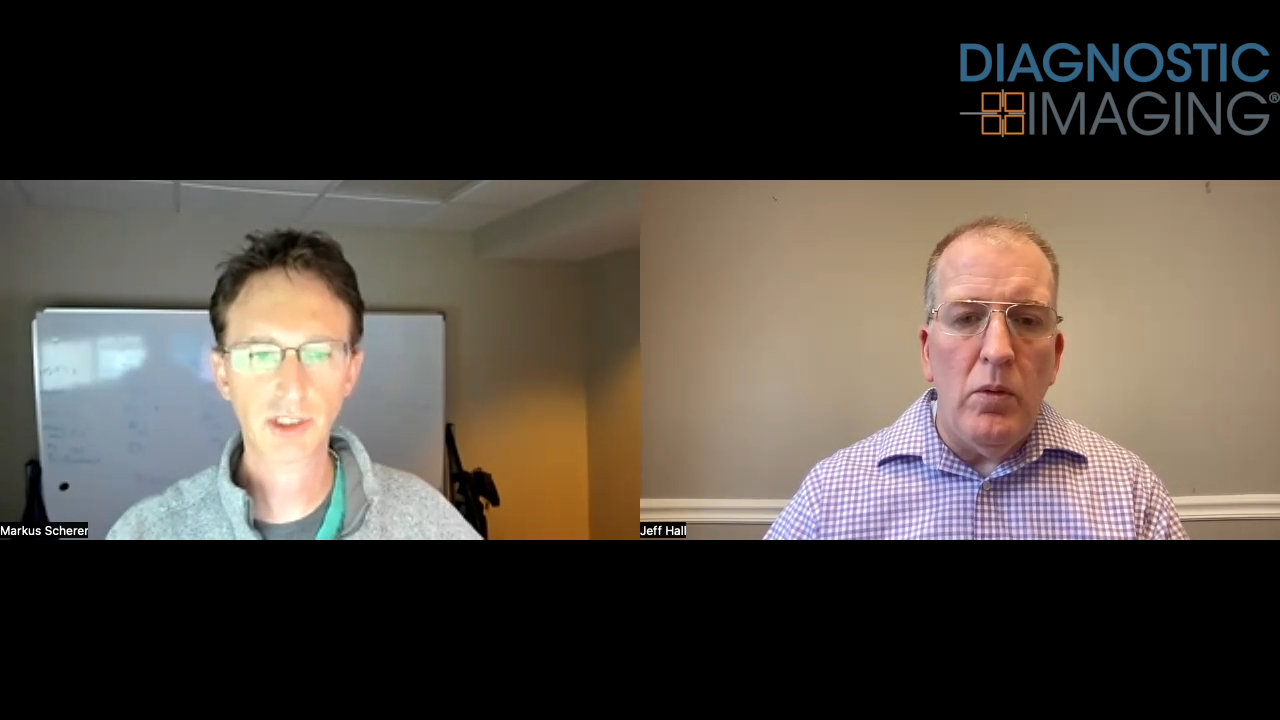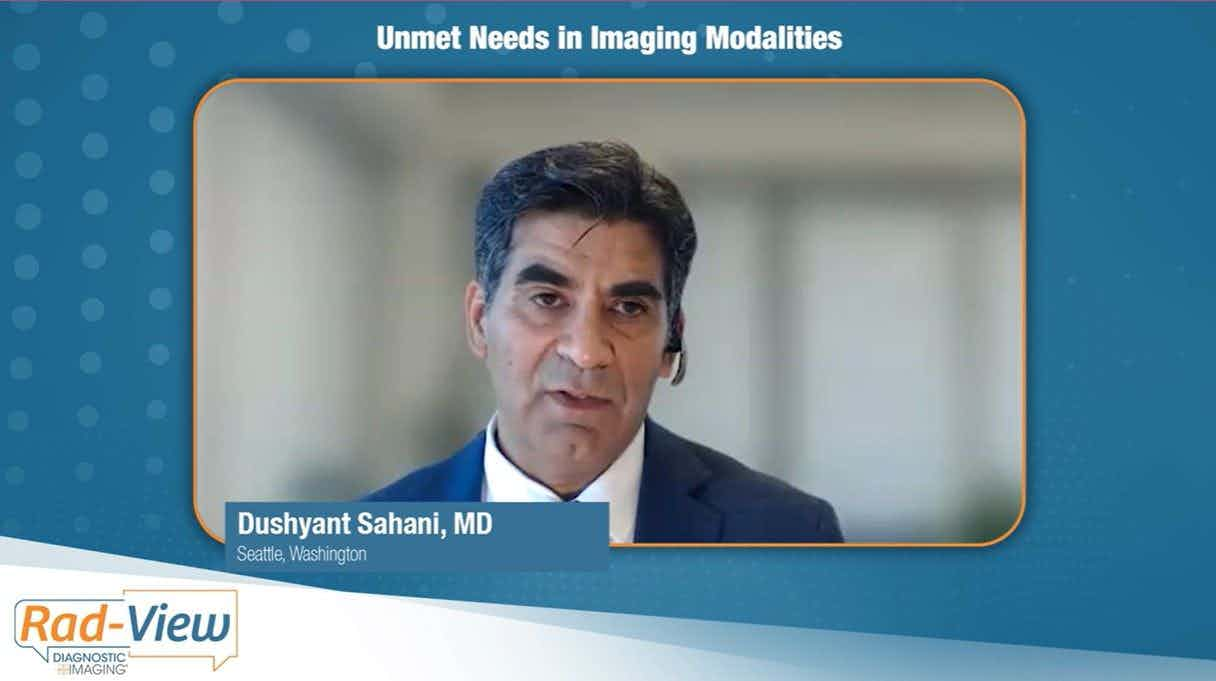Nuclear imagers adjust to to practice without Mo-99
Nuclear imagers are using alternatives to keep their practices alive until the National Research Universal Reactor at Chalk River, ON, resumes production of Mo-99
Nuclear imagers are using alternatives to keep their practices alive until the National Research Universal Reactor at Chalk River, ON, resumes production of Mo-99. The shutdown has disrupted 60% of radiopharmacies in the U.S., according to an online survey jointly sponsored by the SNM and the National Association of Nuclear Pharmacies.
Only a third of respondents said they have an alternate source of Mo-99/Tc-99m generators, namely manufacturers with access to isotopes produced in reactors outside of North America. About 84% have eluted older generators more often to draw off as much technetium isotope as possible; 82% are using thallium-201 for cardiac imaging; 6% are performing F-18 FDG-PET bone imaging; and about 9% have shifted to F-18 sodium fluoride (NaF). Indium-111 (5%), gallium-67 (2%), and nitrogen-14 ammonia (1%) were also cited as alternatives.
Study with CT Data Suggests Women with PE Have More Than Triple the One-Year Mortality Rate than Men
April 3rd 2025After a multivariable assessment including age and comorbidities, women with pulmonary embolism (PE) had a 48 percent higher risk of one-year mortality than men with PE, according to a new study involving over 33,000 patients.
The Reading Room: Racial and Ethnic Minorities, Cancer Screenings, and COVID-19
November 3rd 2020In this podcast episode, Dr. Shalom Kalnicki, from Montefiore and Albert Einstein College of Medicine, discusses the disparities minority patients face with cancer screenings and what can be done to increase access during the pandemic.
Predicting Diabetes on CT Scans: What New Research Reveals with Pancreatic Imaging Biomarkers
March 25th 2025Attenuation-based biomarkers on computed tomography (CT) scans demonstrated a 93 percent interclass correlation coefficient (ICC) agreement across three pancreatic segmentation algorithms for predicting diabetes, according to a study involving over 9,700 patients.
Can Photon-Counting CT be an Alternative to MRI for Assessing Liver Fat Fraction?
March 21st 2025Photon-counting CT fat fraction evaluation offered a maximum sensitivity of 81 percent for detecting steatosis and had a 91 percent ICC agreement with MRI proton density fat fraction assessment, according to new prospective research.


















